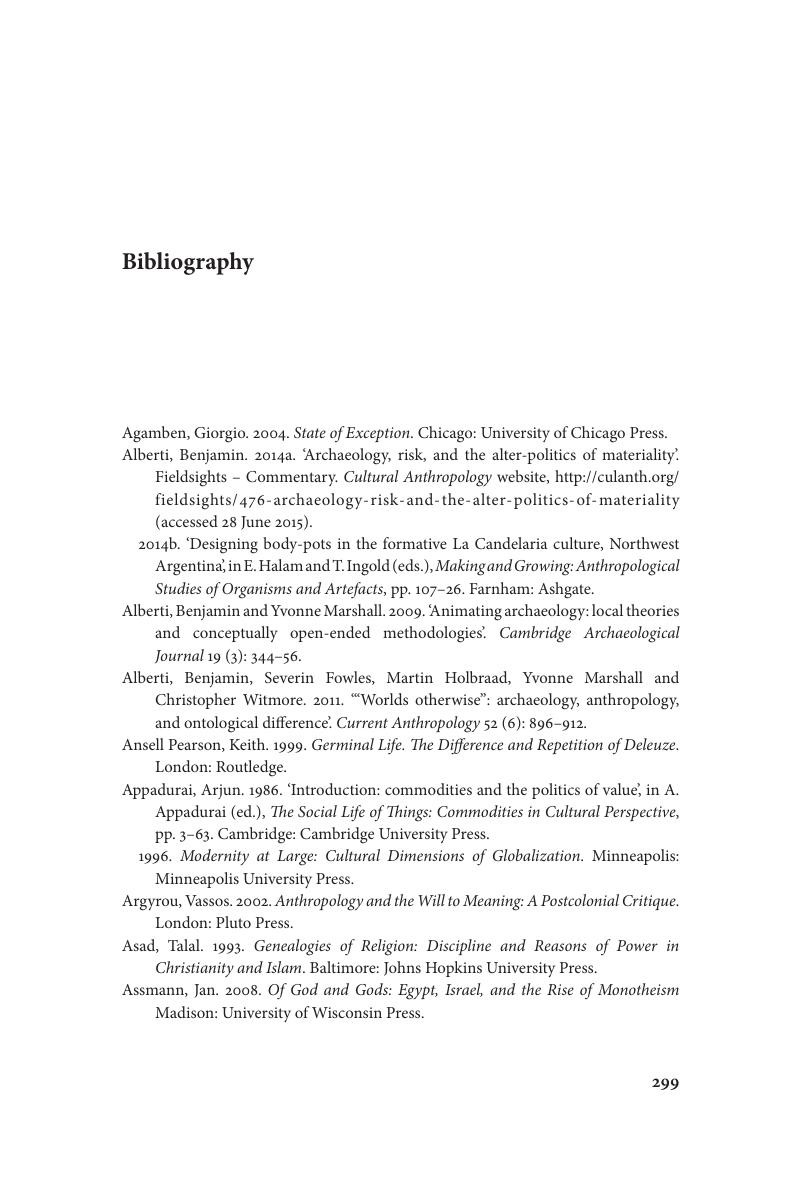Book contents
- The Ontological Turn
- New Departures In Anthropology
- The Ontological Turn
- Copyright page
- Contents
- Figures and Boxes
- Preface and Acknowledgements
- Introduction: The Ontological Turn in Anthropology
- One Other Ontological Turns
- Two Analogic Anthropology: Wagner’s Inventions and Obviations
- Three Relational Ethnography: Strathern’s Comparisons and Scales
- Four Natural Relativism: Viveiros de Castro’s Perspectivism and Multinaturalism
- Five Things as Concepts
- Six After the Relation
- Conclusion
- Bibliography
- Index
- References
Bibliography
Published online by Cambridge University Press: 06 April 2017
- The Ontological Turn
- New Departures In Anthropology
- The Ontological Turn
- Copyright page
- Contents
- Figures and Boxes
- Preface and Acknowledgements
- Introduction: The Ontological Turn in Anthropology
- One Other Ontological Turns
- Two Analogic Anthropology: Wagner’s Inventions and Obviations
- Three Relational Ethnography: Strathern’s Comparisons and Scales
- Four Natural Relativism: Viveiros de Castro’s Perspectivism and Multinaturalism
- Five Things as Concepts
- Six After the Relation
- Conclusion
- Bibliography
- Index
- References
Summary

- Type
- Chapter
- Information
- The Ontological TurnAn Anthropological Exposition, pp. 299 - 332Publisher: Cambridge University PressPrint publication year: 2017



